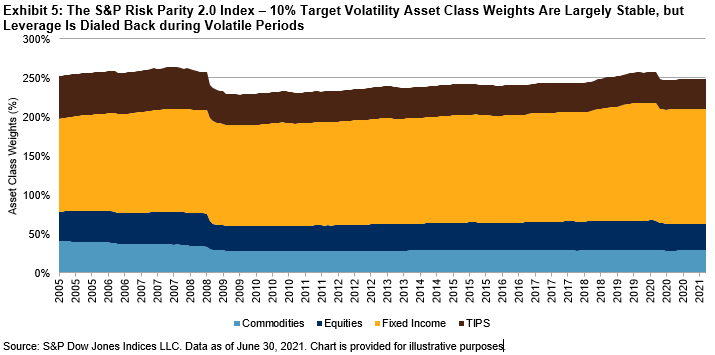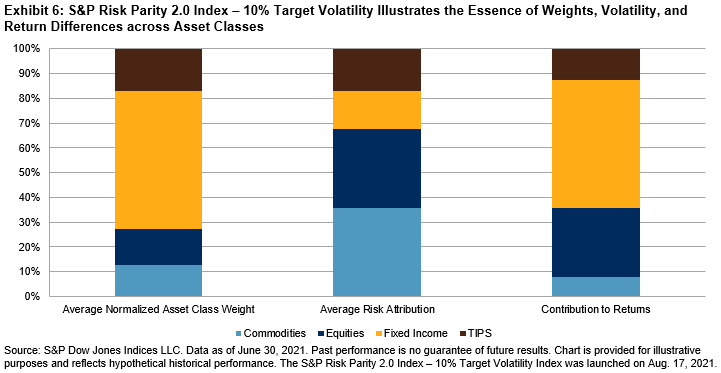In a blog post from earlier this year, I outlined comparisons between Bitcoin and gold. In this post, we’ll look at how the underlying investment theses for each asset have rapidly evolved this year. Prior to 2021, some market participants viewed Bitcoin as a form of digital gold, sharing many of the same use cases, such as being a store of value. Others viewed Bitcoin as a mechanism for exchange or a technological platform. Today, cryptocurrencies have crossed the chasm into the mainstream investment universe and are starting to compete with gold and other asset classes for a slice of the investment portfolio. Correlation turned negative this year as cryptocurrency volatility exploded while gold eased.

During the recent multi-month period of price consolidation for the largest market cap cryptocurrencies, the store of value thesis for holding cryptocurrencies seemed to be gaining prominence. Gary Gensler, the SEC chairman, said, “Bitcoin…is a highly speculative asset, but it is a store of value that people wish to invest in as some would invest in gold.”1 Institutional adoption continues at pace, albeit within a difficult regulatory environment, adding to the stable demand story needed in order for an asset to be considered a reliable store of value. Transparency increased in 2021 as S&P DJI launched its first cryptocurrency indices.
Concerns about inflation eroding purchasing power have led market participants toward liquid, scarce assets, which tend to hold value over time. Recent performance shows cryptocurrencies performed stronger than all other commonly considered stores of value, albeit with much higher volatility. Volatility may still be high for cryptocurrencies as they adjust to the competing forces of potential regulation news from governments and continued widespread adoption.

Recent debt ceiling discussions in the U.S. opened up the possibility, however small, of default by the country with the widely accepted risk-free rate of return (i.e., U.S. treasury yield). A decade of quantitative easing has arguably devalued assets, including the U.S. dollar. Where can market participants park wealth that won’t lose value over time? Gold, real estate, inflation-protected securities, or alternative assets such as art were the typical answers, but as people become more and more educated on cryptocurrencies, it seems reasonable to assume that they will join the list of assets used as a store of value. According to Fidelity’s latest Institutional Investor Digital Assets Study,2 52% of investors surveyed globally between December 2020 and April 2021 have an investment in digital assets. Asian investors were the most accepting of digital assets, with more than 70% holding exposure.

Alternative investments are becoming increasingly popular as investors look outside the traditional equity and fixed income markets for assets that can provide a good store of value as well as diversification benefits. Inflated asset and real estate prices are driving a closer examination of places to store wealth that will hold value over time. Cryptocurrencies may be viewed as the higher beta store of value as this new asset class coalesces and it could one day be considered a normal allocation to a standard portfolio, similar to gold.
1 Gary Gensler U.S. SEC Chairman, Oct. 6 2021, House Financial Services Committee oversight hearing.
2 Fidelity Digital Assets, September 2021, The Institutional Investor Digital Assets Study.
The posts on this blog are opinions, not advice. Please read our Disclaimers.










